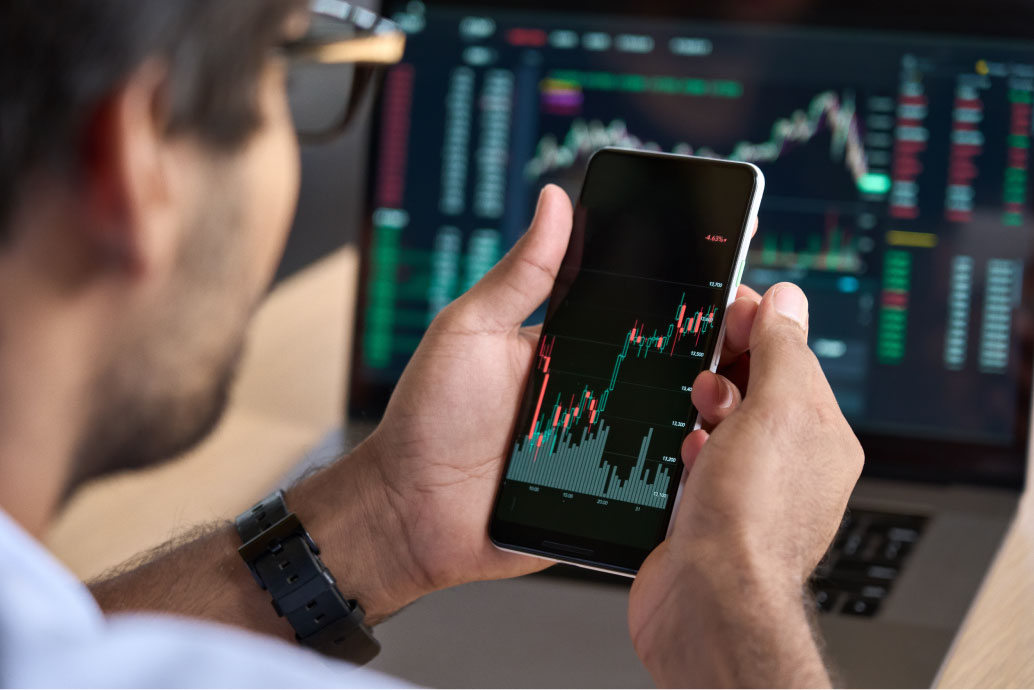Before being treated as a billion-dollar investment or a global store of value, Bitcoin had to fulfill a basic function: serving as a means of payment. That’s what happened 15 years ago when an American programmer paid 10,000 bitcoins for two pizzas. The purchase, made on May 22, 2010, went down in history as the first commercial transaction with cryptocurrencies – and is still remembered today as Bitcoin Pizza Day, a symbolic milestone in the birth of the crypto economy.
The protagonist was Laszlo Hanyecz, who posted his offer on an online forum: 10,000 BTC in exchange for the delivery of two pizzas. The proposal was accepted by another user, and the transaction was completed. At that time, the amount involved was around $40. Today, with Bitcoin trading above $60,000, the same amount would exceed R$ 3 billion.
Since then, May 22 is celebrated by investors, companies, and sector enthusiasts as a day of reflection on the evolution and future of the crypto ecosystem. Worldwide, exchanges and communities organize events with pizza paid in Bitcoin, educational campaigns, financial innovation events, and even the issuance of commemorative NFTs.
“Bitcoin Pizza Day marks the moment when Bitcoin surpassed the barrier of theory to prove itself, for the first time, as a real exchange tool. It was a symbolic moment that anticipated a profound transformation in how we understand money, value, and trust. Since then, the market has matured, gained regulation, and established itself as one of the drivers of financial innovation in the world,” says Bernardo Srur, CEO of ABcripto, an association that represents the crypto assets sector in Brazil.
Currently, Bitcoin is experiencing a new cycle of appreciation. “In Brazil, digital assets have made progress in building a robust regulatory framework. More than just a historical curiosity, Bitcoin Pizza Day has become a symbol of an ongoing structural change. An annual reminder that innovations capable of transforming the global economy can start as simply as a pizza order on a Sunday afternoon,” concludes Srur.








